Urban Air Mobility Initiatives
The Helicopter Blades Market is poised for growth driven by the rise of urban air mobility initiatives. As cities become more congested, the demand for efficient aerial transportation solutions is increasing. Helicopters, equipped with advanced blades designed for urban environments, are being considered as viable options for short-distance travel. This shift is supported by investments from both private and public sectors, aiming to develop infrastructure for vertical takeoff and landing (VTOL) aircraft. The market is likely to see a surge in demand for helicopter blades that cater specifically to these new applications. Analysts predict that the urban air mobility sector could contribute significantly to the overall growth of the Helicopter Blades Market, potentially reaching a valuation of several billion dollars by the end of the decade.
Increased Commercial Aviation Activities
The Helicopter Blades Market is benefiting from the resurgence of commercial aviation activities. As economies recover and travel demand rebounds, the need for helicopters in various sectors, including tourism, emergency services, and cargo transport, is on the rise. Helicopters are increasingly being utilized for short-haul flights, medical evacuations, and logistical support in remote areas. This trend is supported by a growing number of helicopter service providers entering the market, which is likely to drive competition and innovation. Market analysts project that the commercial segment of the Helicopter Blades Market could witness a growth rate of approximately 6% annually over the next few years. This expansion is expected to create new opportunities for manufacturers to develop specialized blades tailored to the diverse needs of commercial operators.
Environmental Regulations and Sustainability
The Helicopter Blades Market is increasingly shaped by stringent environmental regulations and a growing emphasis on sustainability. As governments implement policies aimed at reducing carbon emissions, the aviation sector is under pressure to adopt greener technologies. Helicopter manufacturers are responding by developing blades that optimize fuel efficiency and minimize noise pollution. Innovations such as hybrid-electric propulsion systems are gaining traction, which could lead to a paradigm shift in helicopter operations. The market is likely to see a rise in demand for eco-friendly helicopter blades, as operators seek to comply with regulations while also appealing to environmentally conscious consumers. This shift towards sustainability may redefine the competitive landscape of the Helicopter Blades Market, encouraging manufacturers to invest in research and development.
Military Demand for Advanced Helicopter Blades
The Helicopter Blades Market is significantly influenced by military demand for advanced helicopter blades. Armed forces worldwide are increasingly investing in modernizing their fleets, which includes upgrading rotor systems for enhanced performance. The need for improved maneuverability, stealth capabilities, and durability in challenging environments drives the development of specialized helicopter blades. Recent data indicates that military spending on aviation technology is on the rise, with a substantial portion allocated to rotorcraft enhancements. This trend suggests a robust market for helicopter blades designed to meet stringent military specifications. As defense budgets expand, the Helicopter Blades Market is expected to benefit from increased orders and contracts, further solidifying its position in the aerospace sector.
Technological Advancements in Helicopter Blades
The Helicopter Blades Market is experiencing a notable transformation due to rapid technological advancements. Innovations in materials, such as composite and lightweight alloys, enhance the performance and durability of helicopter blades. These advancements not only improve fuel efficiency but also reduce maintenance costs, which is crucial for operators. The integration of smart technologies, including sensors for real-time monitoring, is becoming increasingly prevalent. This allows for predictive maintenance, thereby minimizing downtime and operational disruptions. As a result, the market is projected to grow significantly, with estimates suggesting a compound annual growth rate of over 5% in the coming years. The continuous evolution of blade design and manufacturing processes is likely to further propel the Helicopter Blades Market, making it more competitive and efficient.


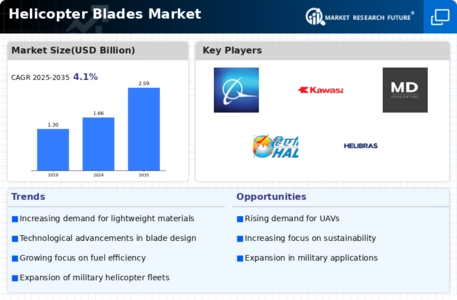
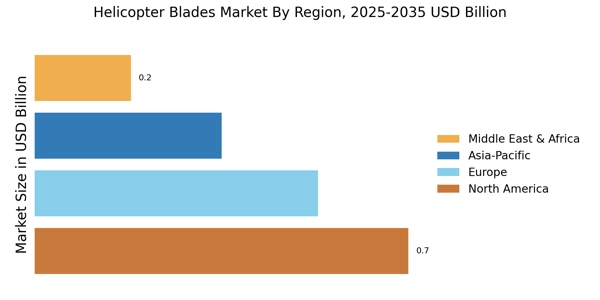
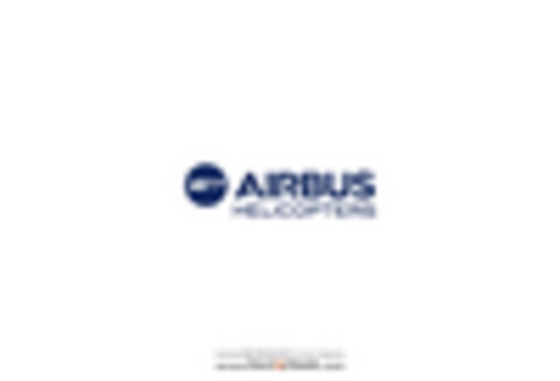
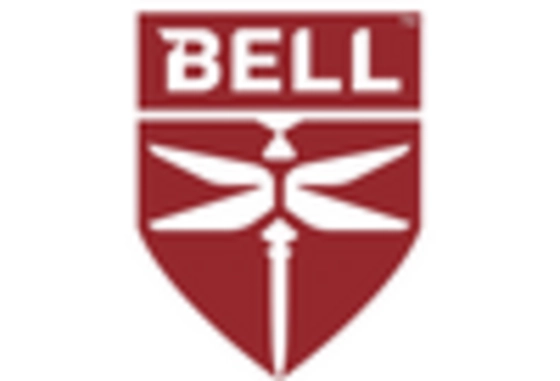
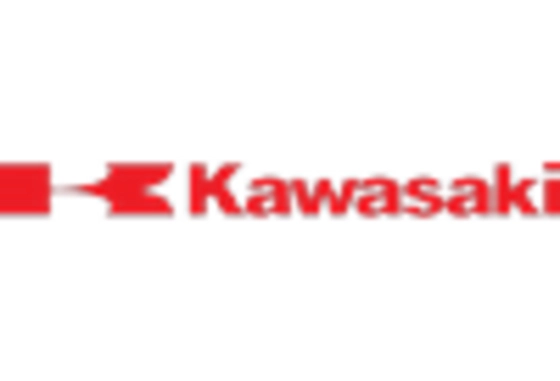
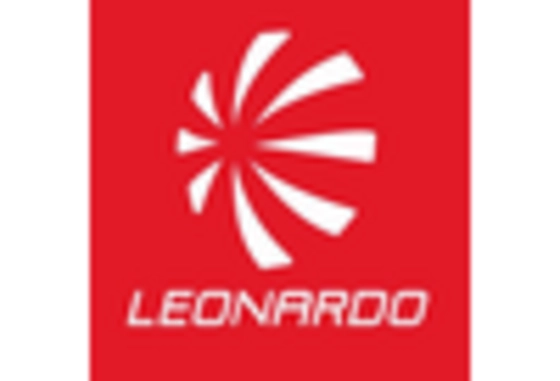
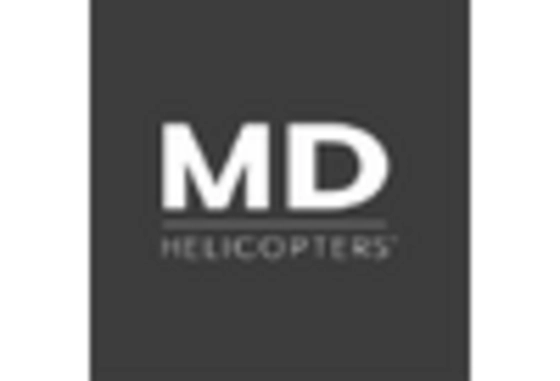
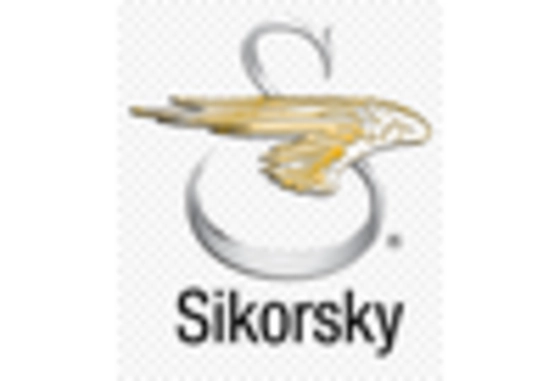








Leave a Comment